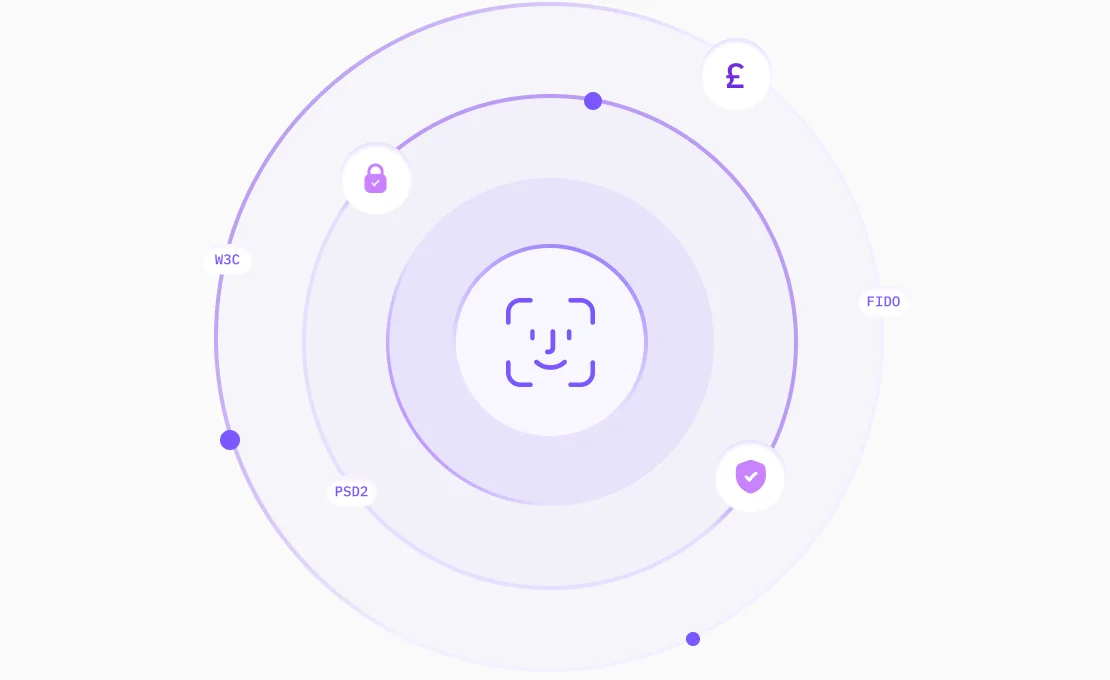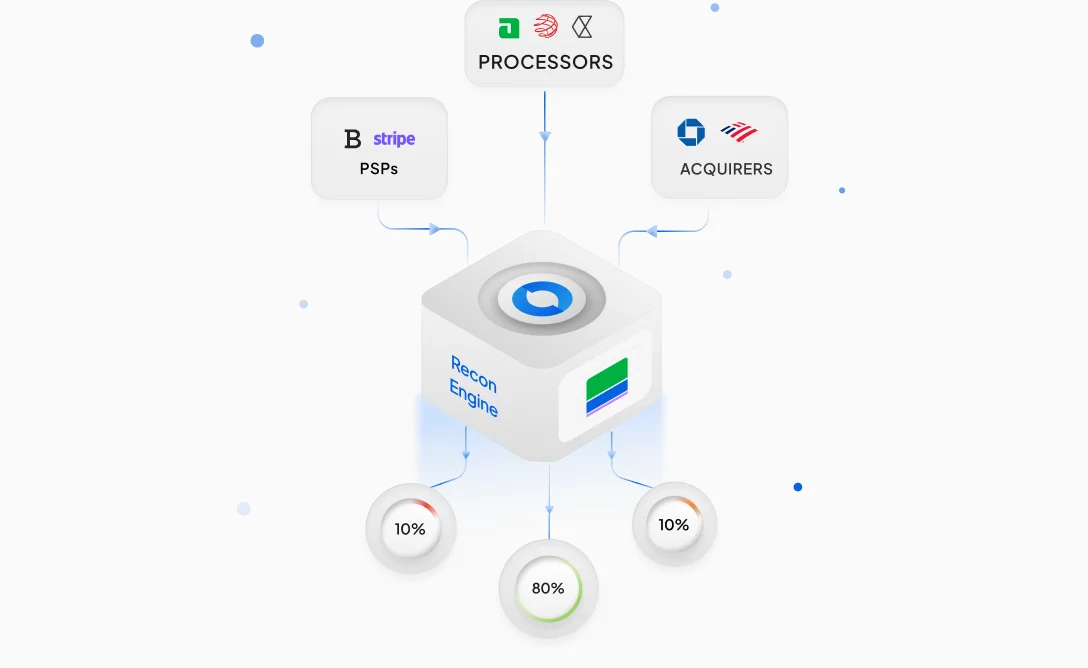Running a business with online transactions comes with a series of challenging aspects to manage, one of which is payment disputes. Imagine running a campaign, converting customers, making sales by processing the orders, and receiving a payment dispute on some orders a few days later.
A recent survey revealed that 44% of US consumers contested a purchase in 2023 because it was fraudulently made by someone else using their payment information. Another industry report indicated that 6 out of every 1000 transactions are affected by chargebacks. So, while payment disputes aren’t overly common, they do put a lot of administrative strain on management. Let’s dive into what payment disputes are, and how to efficiently manage them.
Understanding Payment Disputes
What is a Payment Dispute?
Whenever a customer or their card issuer raises a query or a chargeback request to you, the merchant, it is considered a payment dispute. Payment disputes mostly occur when customers question any suspicious transaction they find after checking their credit card or bank statements and request to contest it with the merchant or the bank.
How Does a Payment Dispute Work?
Customers can dispute a payment for many reasons, such as not receiving a product or service they purchased, their purchase being defective, the product or service being unsatisfactory, or an unauthorized transaction taking place.
When a customer initiates a payment dispute with their bank, the bank often provisionally refunds the customer by reversing the transaction made to the merchant, pending investigation. The funds for the refund come from the merchant’s account. If the merchant wants to dispute the claim, the bank requests that they provide evidence to challenge the dispute.
Using Receipts as Evidence in Disputes
Receipts are the holy grail of confirmation when tracking and assessing customer transactions. They are the main piece of evidence that connects all the dots in a payment dispute. A receipt carries all the important details of the transaction that are required as evidence in a dispute. If the customer is not using a card for the purchase, here are the details required for receipts
- Transaction date
- Merchant Name
- Merchant’s address (registered building address and internet address)
- Payment method
- Detailed description of the goods or services purchased
- Token number or suppressed account number
- Type of transaction (credit or purchase)
- Authorization code for transaction
- Transaction amount
- Terms and conditions, which include the refund policy of the merchant
All of these details act as evidence and help merchants challenge a payment dispute and avoid handling chargebacks. The reiteration of terms and conditions in the receipt also reinforces that the customer consented to the purchase under those conditions. In an ideal world, the spotlight on the receipt is put on a merchant’s return or refund policies, which can make challenging disputes much more manageable.
Types of Proof Required to Challenge Chargebacks
For merchants, it is important to have a streamlined process for collecting proof at the time of transaction to challenge disputes. The following proofs are a must to be included as evidence:
- The merchant didn’t mislead or deceive a customer via deceptive practices on the price of goods and services.
- The customer was fully aware of their purchase and the terms & conditions of the purchase.
- The customer consented to the purchase by agreeing to the terms & conditions.
- The buyer was the one who made the purchase, and there was no fraud, which can be done by sending an authorization code to the buyer before the transaction to verify it’s them.
- Showing proof of delivery of goods or services via shipping records or progress records. If the sales are of digital products or downloadables, merchants can prove that the buyers accessed and/or used the service (the buyer logged in, opened the mail with downloadables, etc.)
Most of these proofs can be easily accessed through a receipt with a well-drafted format that covers most of these bases. It can make managing payment disputes very convenient for merchants.
Common Types of Payment Disputes
Based on the type of claim by the customers, card issuers or banks have categorized these common types of payment disputes:
Credit Not Processed: The cardholder asserts that they are entitled to a refund or credit that has not been received. For instance, if a customer returns a product, but the refund has not been applied to their card.
Product Not Received: The customer did not receive the goods or services for which they were charged. For example, a shipment from your business might not have reached the customer.
Unacceptable Product: The cardholder claims that the product or service received was defective, damaged, or not as described. For example, if a customer received an item different from what they ordered.
Duplicate Charge: The customer claims they were charged multiple times for the same product or service. For example, this could happen if a customer paid for a service online while booking and then was charged again in person after receiving the service.
Unrecognized Charge: The cardholder informs their card issuer that they do not recognize a transaction on their statement.
Fraudulent Transaction: The cardholder, who may not be the actual customer at your store, claims they did not authorize the transaction. For instance, if someone used a stolen credit card number to place an order, the legitimate cardholder might later dispute the charge as they do not recognize it.
Subscription Not Canceled: After canceling a subscription, the customer is still charged for recurring payments. This could occur if a customer requests to cancel their subscription, but the cancellation is not processed in your system.
Directly Contacting Your Customer Regarding Disputes
The best approach to solving a payment dispute might be directly contacting the customer to discuss their claim. This approach is quite effective in helping merchants determine the exact reason why the customer is disputing their transaction.
A recent survey revealed that 32% of merchants that dispute chargebacks are successful. The survey revealed that a big portion of these disputes are customers engaging in first-party fraud-intentionally disputing a legitimate purchase, such as disputing a charge even after receiving the item, to secure a refund or avoid return policies. Regardless of this, merchants still need to challenge the dispute even if the buyer withdraws their claim to have the funds returned to the merchant account or the dispute fee refunded. This usually takes anywhere between 50 to 90 days for the card issuer to close the challenge.
Implement these Practices to Seamlessly Manage Payment Disputes
Implementing proactive measures by properly understanding common dispute types is the most effective way to manage payment disputes. Promptly addressing these disputes can help businesses minimize their losses and save a lot of time and effort of their employees. Maintain clear documentation and keep a healthy streak of managing important documents like receipts. Adopting best practices ensures smoother operations and reduces the impact of disputes on your bottom line.
























